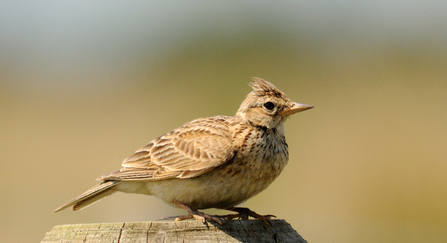A wildflower meadow in Spring and early Summer is full of sound. Like an orchestra playing a symphony, some sounds are more noticeable than others but all weave together to create a vivid soundscape.
Setting the beat is the male meadow grasshopper (Chorthippus parallelus). By rubbing their legs against their wings, they make a regular, rhythmic ‘rrr’ sound to attract females. This is known as stridulation.
Throughout their lifecycle, these grasshoppers undergo a series of moults from wingless nymphs to winged adults, shedding their exoskeletons as they go. Nymphs are present from April onwards, becoming adults in June. Males begin displaying to females at this time, hoping to impress by performing their chirring ‘song’.
Eggs are laid in a pod beneath the soil, ready to hatch the following Spring when the chorus will be struck up once again.
The meadow grasshopper is also a master of camouflage and it’s likely that you’ll hear them before spotting one. Settle in near a sunny patch of long grass and you may be lucky to see one resting or feeding amongst the stems.


